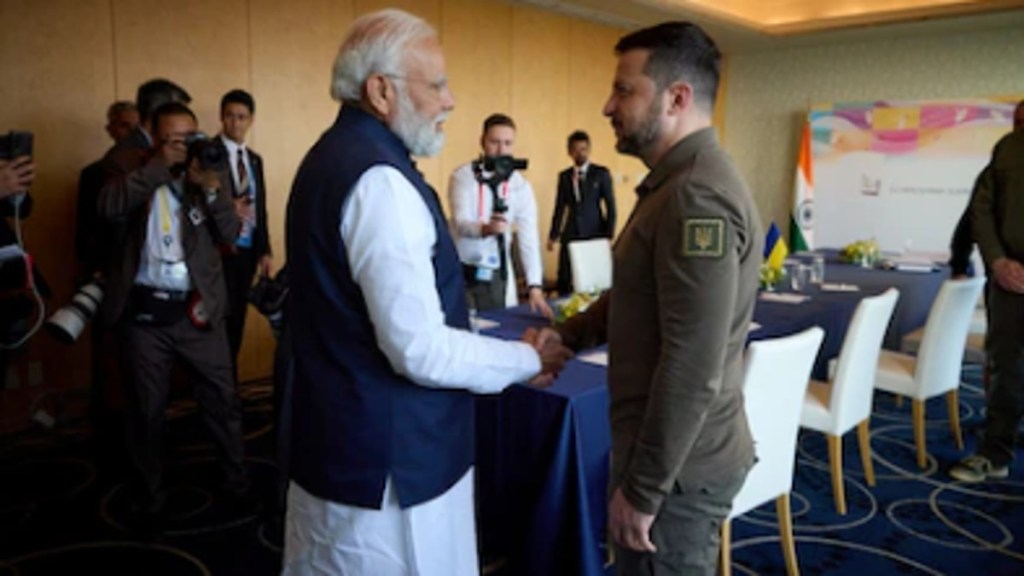There will be considerable international attention on Prime Minister Narendra Modi’s visit to Kyiv today regarding the possibilities of an intervention to end Ukraine’s two and a half years’ war with Russia. He is the first Indian PM to visit Ukraine in more than 30 years. India, for its part, has consistently taken the position of not joining the chorus of western nations in condemning Moscow’s invasion, while appealing for diplomacy and dialogue to end the conflict. Modi reiterated this theme in his address to the Indian community in Warsaw. Before embarking on his two-nation trip, Modi indicated that he hoped to share perspectives on the peaceful resolution of the conflict with Ukraine’s President Volodymyr Zelenskyy and for an early return of peace and stability in the region.
The visit will obviously build upon the high-level interactions between the two leaders who earlier met on the sidelines of G-7 summits in Apulia in June and in Hiroshima last year. They also met at the 2021 UN climate change conference in Glasgow. Modi’s visit is perhaps an attempt at damage control as Zelenskyy expressed disappointment with his trip to Russia in July, which unfortunately coincided with a Russian missile strike on a children’s hospital in Kyiv. It also represents a delicate balancing act in signalling to the West, especially the US, with whom India is getting increasingly aligned even as it bolsters a strategic relationship with Russia in a multi-polar world. But there are objective limits to what India can do to facilitate dialogue to end the war as it is not the principal channel of communication between Russia and Ukraine or for that matter between the US and Russia.
To be sure, India played a behind-the-scenes role a couple of years ago in de-risking the global economy from the Ukraine war that unleashed the spectre of a full-blown global food crisis by selling a proposal to Russia to allow grain shipments through the Black Sea. This deal was brokered by the UN and Türkiye. When Russian forces shelled the Zaporizhzhia nuclear facility, India told Russia to back off according to an article in the New York Times. Given India’s help in pivotal moments like these, there are no prizes for guessing why there is interest on the outcome of Modi’s visit to Kyiv. It is not as if India has not sought to play the role of a peacemaker. A couple of years ago, France’s President Emmanuel Macron floated an idea to hold talks along with Modi but this did not materialise. In June, India participated in a peace summit in Switzerland and emphasised that it can be achieved through dialogue and diplomacy.
However, any initiatives in this regard will succeed only if both the parties feel the need to silence their guns as they cannot achieve their military objectives. Alas, this does not seem to be the case at present. Earlier this month, Ukraine launched a stunning push into Russia’s Kursk region and seized 1,250 sq km of territory, more than Russia has in Ukraine all year. Russia is registering significant gains in Ukraine’s eastern region. But all of this shouldn’t deter Modi from sharing perspectives with Zelenskyy to end the conflict which the world economy has a huge stake in. By visiting Kyiv, Modi has sent a welcome signal that India is not leaning so close to Moscow that there is nothing to salvage with Kyiv.

